Interviews
Taiko considered "Jazz" in the Philippines
From there (Tokyo), we went to the Philippines. And then in the Philippines, this is right before Marcos was still there. So this is in ’81. So we go from one of the most secure and safe countries in the world, and we took this plane to the Philippines. We got off the plane. At the bottom of the walkway, there was two guys standing there with machine guns. Oh man, it was hot, and we came from snow in Japan. So we go, “Wow, this is like total contrast.” Not only the weather, but the environment that we’re going to be in. The Pope was going to be there in February. So he had declared martial law off. So then he didn’t know how the country was going to react. So then they had all these armed guards.
We did not know at the time, but we had the number one song, called “Holiday,” in the Philippines because the Philippines outlawed all rock and roll. They only allowed some pop and some jazz. We were considered to be jazz. So then all of a sudden, we get into this motorcade, and we were getting driven around the city. People were on the streets yelling and screaming because we were in town.
Date: October 15, 2004
Location: California, US
Interviewer: Art Hansen, Sojin Kim
Contributed by: Watase Media Arts Center, Japanese American National Museum
Explore More Videos
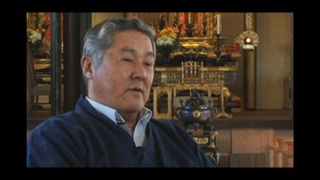
Changing the taiko rhythm from Japanese to Afro-Cuban
Senshin Buddhist Temple minister and co-founder of Kinnara Taiko.
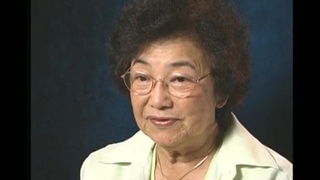
Witnessing the atomic bombing of Hiroshima
(b. 1927) Japanese American Nisei. Family voluntarily returned to Japan during WWII.

Friction between Sensei and Kinnara in defining taiko
Senshin Buddhist Temple minister and co-founder of Kinnara Taiko.
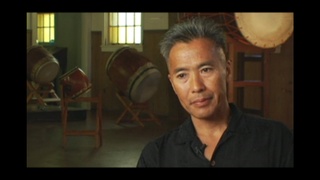
Collaborating with non-taiko groups
(b.1952) Master drummer, artistic director of the Taiko Center of the Pacific
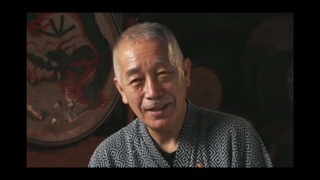
Lack of taiko at Cherry Blossom Festival
(b.1943) Shin-issei grand master of taiko; founded San Francisco Taiko Dojo in 1968.

Meeting Kinnara Taiko
(b.1943) Shin-issei grand master of taiko; founded San Francisco Taiko Dojo in 1968.

Happi coats in taiko
(b.1943) Shin-issei grand master of taiko; founded San Francisco Taiko Dojo in 1968.

Traditional taiko style
(b.1943) Shin-issei grand master of taiko; founded San Francisco Taiko Dojo in 1968.

Dedicated to the frontier spirits
(b.1943) Shin-issei grand master of taiko; founded San Francisco Taiko Dojo in 1968.

American influences on Japanese taiko
Senshin Buddhist Temple minister and co-founder of Kinnara Taiko.

Taiko is a reflection of where you live
Senshin Buddhist Temple minister and co-founder of Kinnara Taiko.

Playing traditional gagaku while creating an identity
Senshin Buddhist Temple minister and co-founder of Kinnara Taiko.
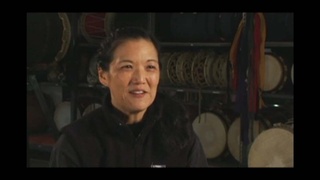
Taiko as self-expression
Co-founder and creative director of San Jose Taiko

A “principally-based” taiko group in England creating a global taiko community
Co-founder and creative director of San Jose Taiko
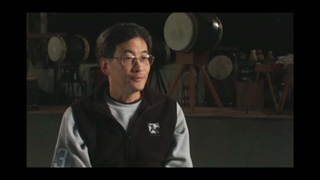
Defining a Taiko player
(b.1951) Co-founder and managing director of San Jose Taiko.
